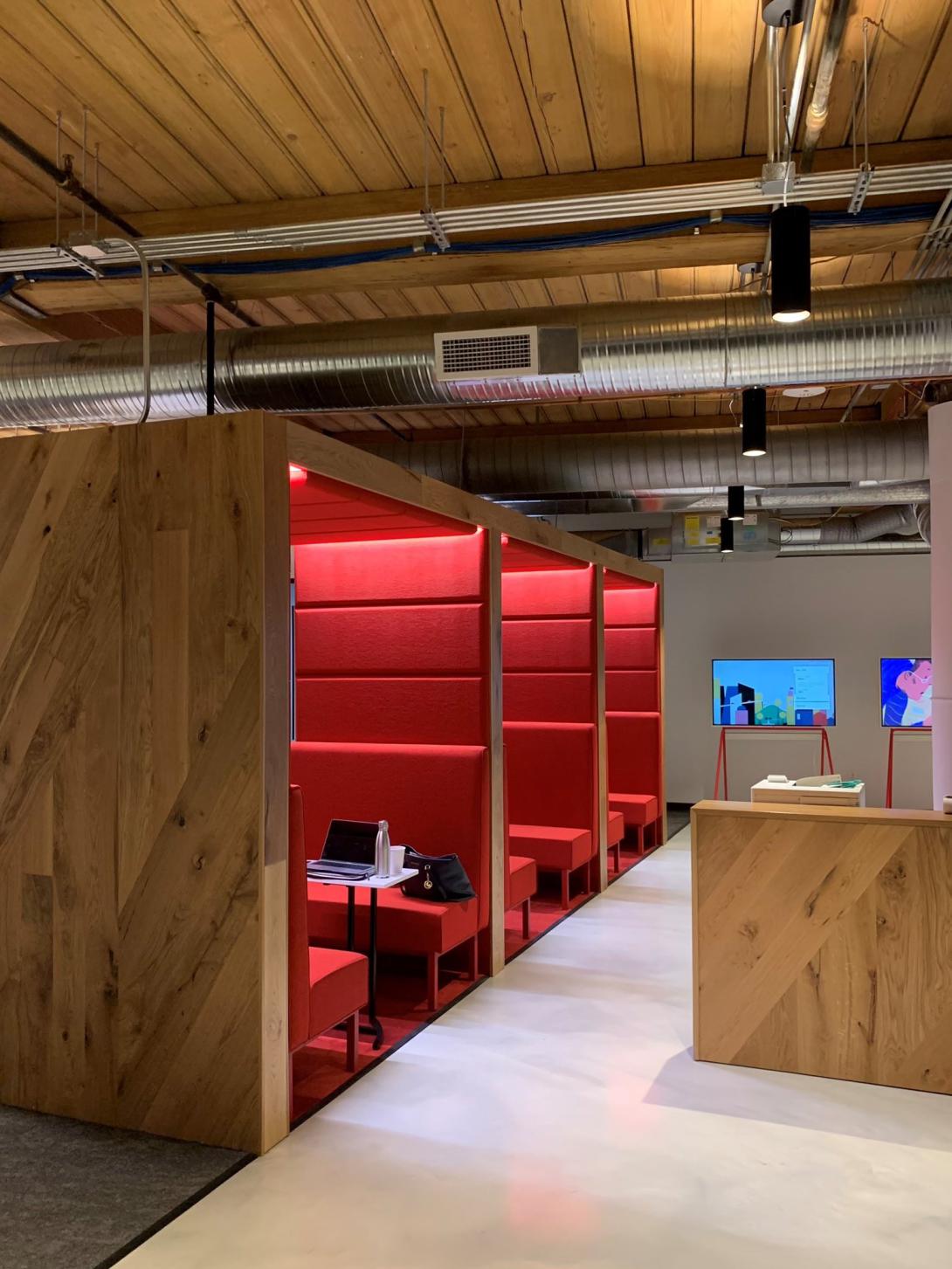NGA Targets More Mature Prototypes
On July 23, the National Geospatial-Intelligence Agency officially opened its first unclassified innovation center, Moonshot Laboratories. Located within the facilities of T-REX, a nonprofit innovation and entrepreneur development center in St. Louis, Moonshot Labs aims to attract entrepreneurs and venture capitalists investing in geospatial-intelligence, or GEOINT, technologies. By locating such a facility outside of NGA’s classified infrastructure, it makes it easier for academia, nontraditional and traditional GEOINT companies to participate in technology and software development.
“Today we are launching a critical element of that ecosystem—joining forces with T-REX in Moonshot Labs to celebrate our long-term partnership with the St. Louis community and reaffirm the intelligence community’s (IC’s) commitment to this effort—letting you know that we intend to be an important presence here for a long time to come,” said the Director of National Intelligence (DNI) Avril Haines, who was on-hand for the facility’s opening.
The agency is greatly expanding its so-called NGA West facilities. In addition to Moonshot Labs, NGA is adding a considerable 97-acre campus, on which they began construction two years ago and which is expected to be completed in 2025. Moonshot Labs ultimately will move onto that campus, while keeping the important unclassified nature of its facilities.
The Moonshot Labs’ facility is a key component in growing greater cooperation between the private sector and government, and leveraging the competitive advantages that combination will bring, the DNI emphasized.
“The professionals who work here will come from government, the private sector and academia,” DNI Haines stated. “Together we will harness the tremendous power of innovation, invention and inspiration in America that drives progress throughout the world. Some of that progress is self-evident: it is in the search engines we use, in the cloud computing we rely on, and in the sophisticated commercial imaging capabilities that are now available to all.”
By “rethinking the workplace,” and constructing Moonshot Labs in such a way, the labs will help usher in the rapid development of technologies to support the NGA and the greater IC, she added.
“We must develop a trusted, agile and diverse workforce of builders and makers, both now and in the future,” DNI Haines said. “We need to promote and encourage innovation, particularly in science, technology, engineering and math. And it includes reinvigorating our relationship with the private sector and academia. This place, which includes the first-ever unclassified space designed to be part of the community, is precisely this kind of change.”
In addition to software development, Moonshot Labs will aid the transition of well-developed prototypes that are closer to operational readiness, technologies that are at a technology readiness level (TRL) of about a 6, explained Cindy Daniell, director of research at NGA, in a recent interview with SIGNAL Magazine. In conjunction, NGA’s Research Directorate will focus the whole cycle of technology development from the more basic research at lower TRLs to the fielding of technologies, the research director said. “Research is part of the larger NGA team at MSL [Moonshot Labs] and will ensure we are addressing harder problems that might need research dollars put toward them while also leading the way with transfer and transition,” Daniell noted.
The research director ventured that Moonshot Labs’ unclassified location would help attract capital, and the right kind of capital. “We’re looking at government and companies being able to integrate together in the same environment in an outside venue, not ensconced in the SCIF [sensitive compartmented information facility] areas of NGA proper,” Daniell emphasized. “It is an unclassified space where we’re putting together development code to get these capabilities ready for operations. A lot of the final pieces of the puzzle going into the NGA’s infrastructure are here in St. Louis, which then gets pushed out to all the operators around the entire world, so that’s why Moonshot Labs is located here in St. Louis.”
“Much of the progress we’ve made is not well known to the public and yet is critically important,” Haines shared. “This includes the work that NGA does to harness sensing and sense making capabilities, and the analysis and orchestration of them in real time. This gives America’s warfighters and policymakers a competitive edge. Our adversaries are not standing still; they weren’t then, and they aren’t today. As our capabilities evolve, our adversaries evolve.
In that fight, this place will be a tremendous source of strength. Here we will develop and deploy new technologies drawing on new fields such as artificial intelligence and biotechnology that will empower humans to do more and do it better.”






Comments